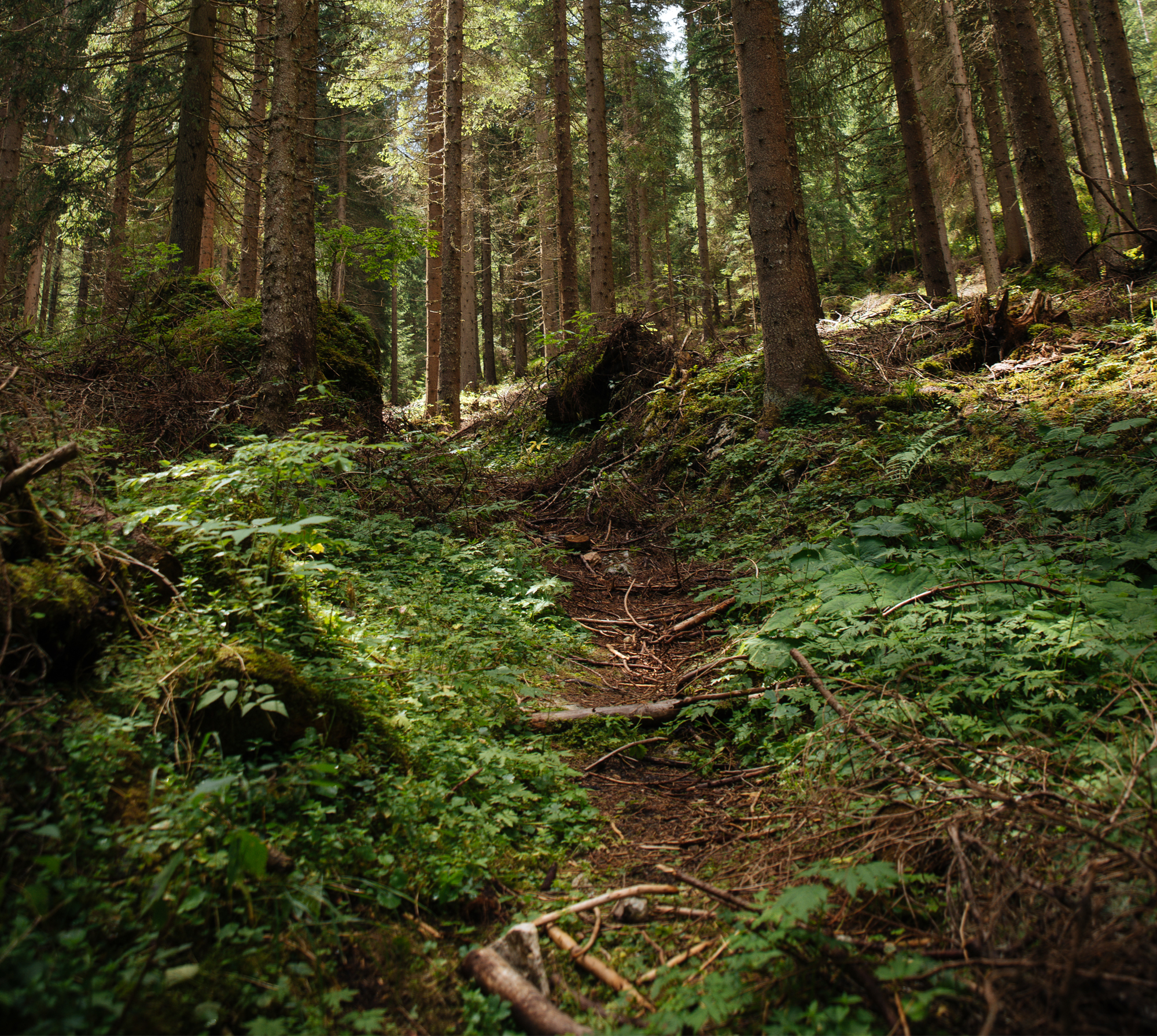
Historia zaniku zimoziołu północnego Linnaea borealis L. na terenie Lasów Rogowskich
History of disappearance of twinflower Linnaea borealis L. in forest complexes near Rogów
Autorzy
- Jakub Gryz Instytut Badawczy Leśnictwa, Zakład Ekologii Lasu, Sękocin Stary, ul. Braci Leśnej 3; 05-090 Raszyn
-
Dagny Krauze-Gryz
Szkoła Główna Gospodarstwa Wiejskiego, Wydział Leśny, Samodzielny Zakład Zoologii Leśnej i Łowiectwa, ul. Nowoursynowska 159, 02-776 Warszawa
Tel. +48 22 5938145, e-mail: dagny.krauze@wl.sggw.pl
Abstrakt
Linnea borealis L. is a postglacial relict in Poland, where it occurs at the edge of its southern range. It is a moderately heliotropic species, associated with coniferous forests. The aim of this study was to collect, analyse and summarise data on the history of its disappearance in forests complexes near Rogów (central Poland). We reviewed research papers as well as unpublished materials, photos and herbarium specimens, archived oral information and our own field observations from the years 1999–2021. Out of seven known original locations from the years 1930–1999, none endured to the present. Despite active protection (including reintroduction) and the foundation of a nature reserve, twinflower plants were not preserved, even in ex situ conditions. The main reasons for its disappearance were habitat changes due to regeneration of plant communities, eutrophication, climate change, and the spreading of alien species. As a result of the ongoing changes in the forest community, the twinflower was shaded and not able to compete with more vigorously growing species.
Słowa kluczowe
| DOI | 10.48538/lpb-2021-0012 |
|---|---|
| Source | Leśne Prace Badawcze, 2021, Vol. 82 (3): 111–116 |
| Print ISSN | 1732-9442 |
| Online ISSN |
2082-8926 |
| Type of article |
Original research article |
| Original title |
Historia zaniku zimoziołu północnego Linnaea borealis L. na terenie Lasów Rogowskich |
| Publisher | Instytut Badawczy Leśnictwa, Sękocin Stary, Poland |
| Date | 14 June 2022 |
- Kotlarz J. Wpływ susz na wskaźniki teledetekcyjne grądu wysokiego i boru mieszanego w Lesie Młochowskim – analiza zobrazowań satelitarnych Sentinel-2 lasów objętych ochroną ścisłą oraz gospodarczych w latach 2017–2021
- Hawranik Ł., Tomusiak R. Empiryczna ocena dokładności zwykłych wzorów dendrometrycznych dla strzał bez kory modrzewia europejskiego Larix decidua Mill.
- Gryz J., Krauze-Gryz D. Historia zaniku zimoziołu północnego Linnaea borealis L. na terenie Lasów Rogowskich
- Zaniewska E., Kwaśny Ł. Nowe stanowiska derenia rozłogowego Cornus sericea L. w otulinie rezerwatu przyrody Skarpa Ursynowska w Warszawie

